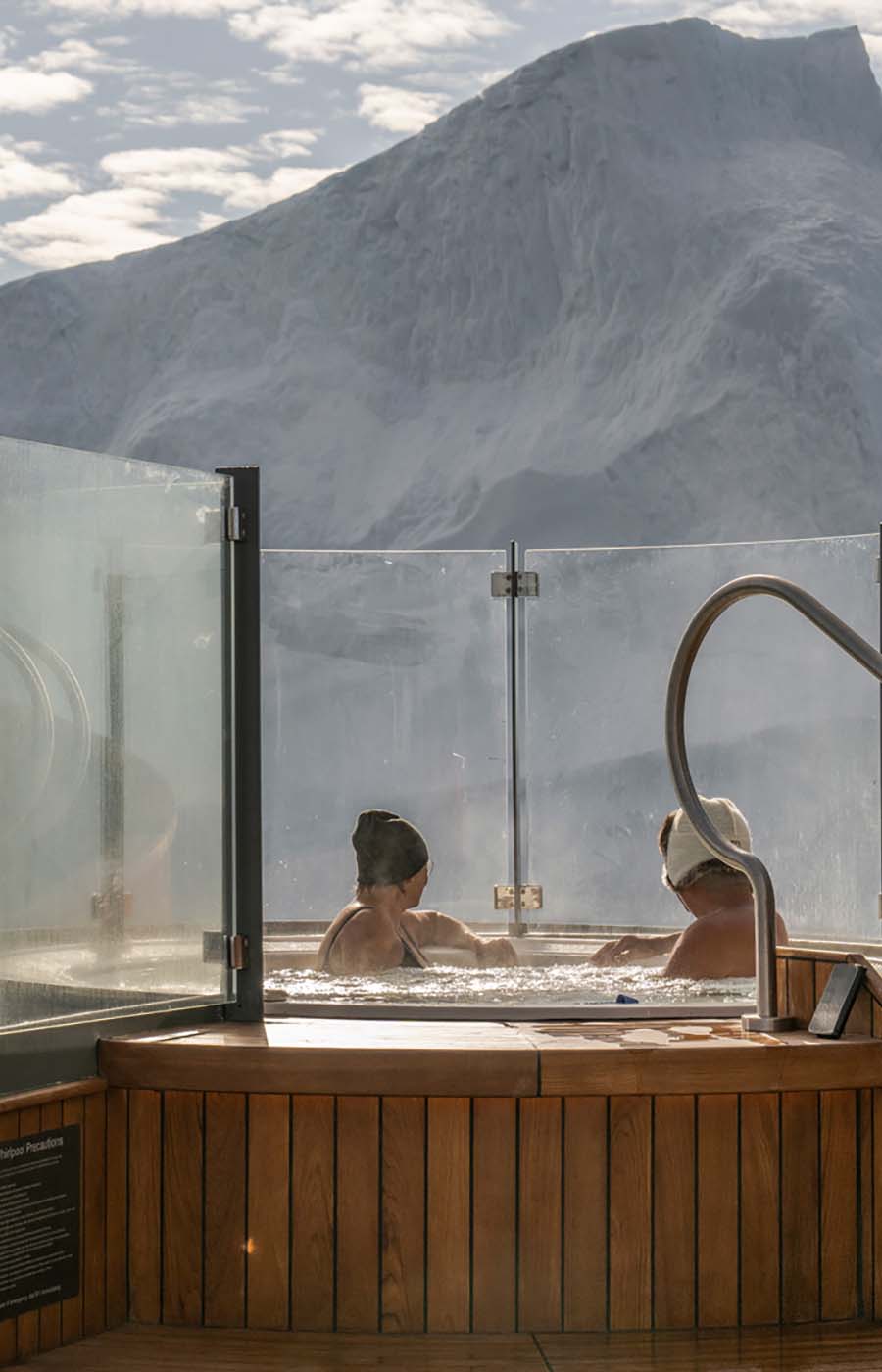In the Pacific Islands, dancing is a way to remember stories and traditions.
The vast expanse of the Pacific Ocean is dotted with thousands of islands of all sizes representing a diverse array of cultural traditions. Among those traditions, dancing has long played a key role in extraordinarily beautiful communities whose remoteness has preserved their distinctiveness. Not only do many local people contribute to the costumes and the music in performances, fostering community spirit, but for cultures based on oral history, dances are not just recreational or entertaining. They have helped transmit stories and keep customs alive through generations. When you visit a Pacific nation like Tonga, Fiji or the bigger New Zealand and you watch dancing, you are witnessing not just an art form but an ages-old form of communication. A dance, for example, can document customs and events, and even the local fauna — in Kiribati, for example, some movements emulate the flight of a frigate bird or a fishing technique. Often dances honor gods, leaders and ancestors, and relay accounts of what people go through in their daily life, whether it’s courtship or battle.
Nānā i ke kumu: Look to the Source
As this Hawaiian saying puts it, it's important to acknowledge the past and previous generations, so if you are at a luau, or celebration, it’s good to be aware of dancing’s cultural importance. The most internationally famous dance in the Pacific may well be the hula, which actually translates as “dance.” It goes back centuries and Captain James Cook and his crew saw it performed when they landed on Kauai, in the Hawaiian archipelago, in 1778. Since then, hula has become an immediately identifiable symbol of Hawaii (which became an American territory in 1898 and state in 1959), preserving its cultural ties with other Polynesian nations.
The hula involves slow, swaying movements of the hips and arms, and the dancers’ sometimes midriff baring outfits shocked the missionaries who traveled to the islands in past centuries. Queen Regent Ka’ahumanu forbade hula in the early 19th century, after she converted to Christianity, but fortunately the art form was later restored. Since then, the hula has endured and adapted. The traditional style (hula kahiko) is more ceremonial and is backed by rhythms produced using drums and gourds filled with seeds. The modern style (hula 'auana) is more informal and employs such instruments as the ukulele and the steel guitar.
Picking up the Pace
The five archipelagos that constitute French Polynesia, of which Tahiti is the most famous island, have an answer to hula called ote’a. It is a high-energy style centered on faster hip movements that are accentuated by “grass” skirts (actually made of plant fiber). Ote’a was originally performed by men (women had a slower dance called aparima). The movements, which often evoke daily activities, are accompanied by a toere, a drum made of a wood log. If you happen to be in Tahiti in summer, a good opportunity to sample local dance performances is during the annual Heiva i Tahiti gathering.
About 750 miles west of Tahiti — almost next-door neighbors on the Pacific scale — are the Cook Islands, where Ura (the local word for dance) is a popular activity. A Māori sacred ritual, the ura pa’u style is especially worth seeking out, as it is fast and accompanied by impressive drumming.
The Art of the War Dance
Much fiercer is the Māori dance known as the haka, which is best known as a war dance but can actually encompass more diverse meanings. The highly recognizable signature moves — including stomping feet, for example — have become famous around the world thanks to the New Zealand national rugby squads, which perform a haka before their matches in order to strengthen their resolve, cement team spirit and, well, intimidate their opponents.
In Fiji, which is also rugby-mad, the popular meke style includes a warring variation as fiercely powerful as the haka. Many places in the Pacific offer another spectacular type of war dance usually referred to as siva afi. The dance, which originated in Samoa, involves handling a knife or machete (which, in a mid-20th-century development, has been set on fire).
If this is a little intense, the Tonga archipelago’s dances feature immediately distinctive traits: māʻuluʻulu is performed while seating down, for example, while lakalaka dancers use only their arms — indeed, complex upper-body movement is a distinctive element of dancing in the Kingdom of Tonga.
As far-flung and diverse as these islands are, they share a similar approach in which traditions are kept alive through dances. Watching them is watching history in motion.
Interested in experiencing the traditional dances of the Pacific islands? Seabourn luxury adventures to Hawaii and the South Pacific are the ideal way to explore your interest in traditional island dances be it the Hawaiian hula, Māori haka or French Polynesian ote’a.
Australia & New Zealand
from $5,474*
Explore Destination*Per Person, USD. Taxes and Fees are included. Additional terms apply.
New Zealand’s Maori have a tradition of expression through movement.
Top things to see and do in some of our favorite Kiwi ports.
When it comes to experiencing what the world has to offer, it’s tough to beat the value and capability that you get on a cruise

